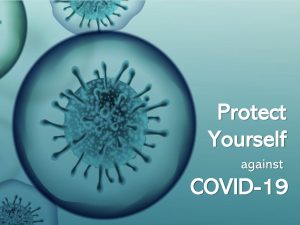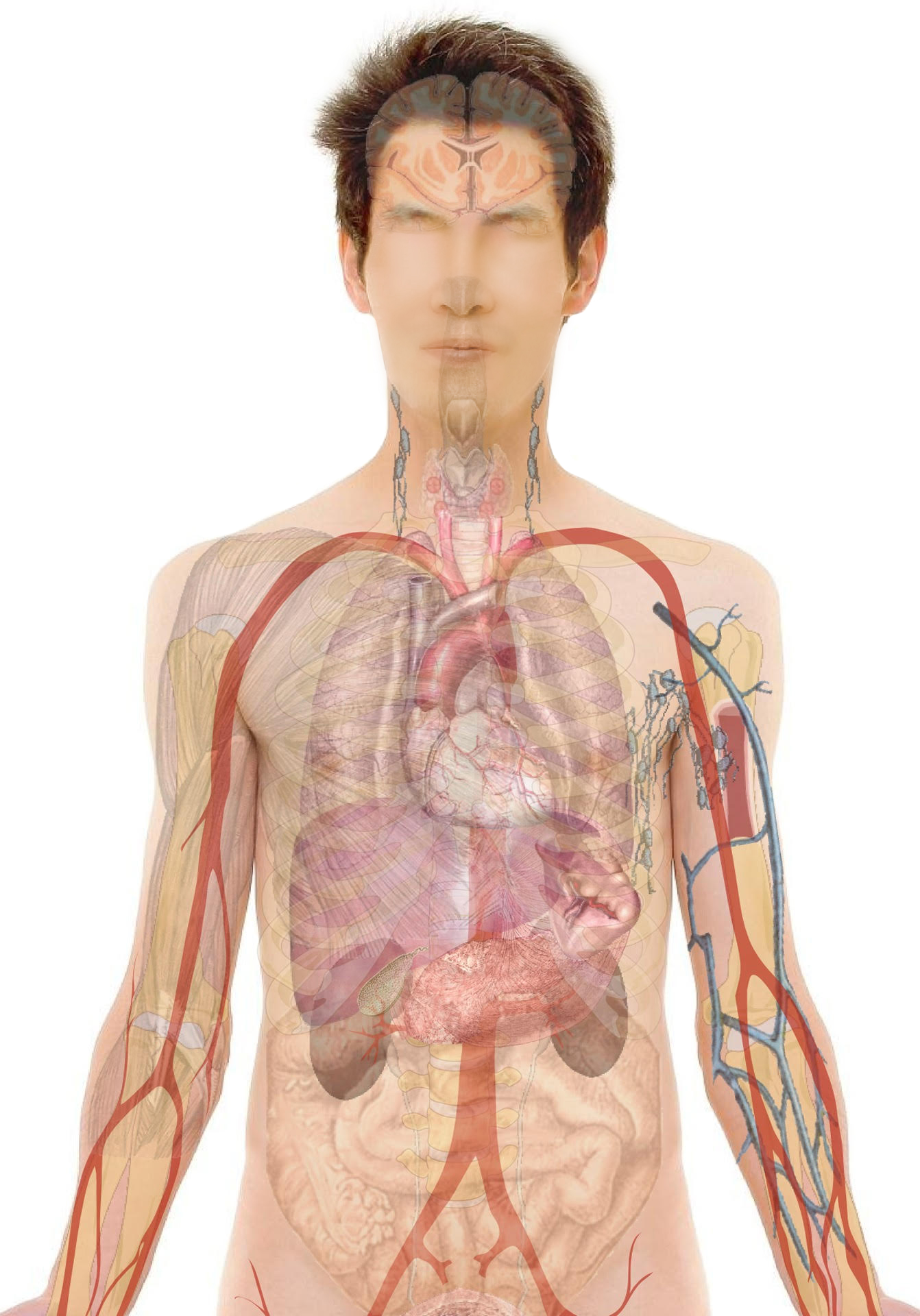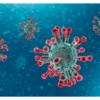Definition and Causes:
DEFINITION:
Parkinson’s Disease is a degenerative disorder of the brain and nervous system that affects movement and coordination. It is characterized by tremor, stiffness, slowness of movements with the tendency to fall.
CAUSES:
- The human brain is made up of billions of brain cells. One type of brain cells called ‘neurons’ is responsible for our thoughts, senses, movements etc.
- Neurons communicate with each other using chemicals that we refer to as neurotransmitters. One such neurotransmitter is “dopamine”
- Neurons containing dopamine play an important role in the movement, coordination, and stability of the body. In Parkinson’s disease, the neurons producing and using dopamine begin to die
- Loss of these dopaminergic neurons in a specific part of the brain called “the basal ganglia” leads to many of the symptoms in Parkinson’s disease; such as tremors, stiffness, slowness, etc.
- Unfortunately once the process begins; there is no proven way of reversing it. The condition often progresses slowly but is variable from person to person
- In most cases, there is no known cause. This is referred to as idiopathic and implies that the disease has come on spontaneously without any identifiable trigger
- In some, however, there is a genetic link, but this represents only a minority of patients
- Some conditions have been implicated in the Parkinson’s and include, previous brain injury/head trauma, stroke, brain infections (called encephalitis), and exposure to toxins (pesticides/herbicides)
Symptoms:
There are a number of symptoms associated with Parkinson’s Disease. The main four can be listed by the acronym “TRAP” which stands for
- Tremors: May be observed in arms or legs. Occurs when the limb is at rest. Maybe more evident when the patient is concentrating on a mental task (e.g reading, math). Handwriting is affected. Symptoms may begin on one side of the body before gradually appearing on the other side
- Rigidity: Refers to the stiffness of the limbs/body; gradually worsens over time
- Akinesia (Bradykinesia)
- Term used to represent slowing down of movements
- Postural instability
- Refers to difficulty maintaining balance, usually when standing, with the tendency of the patient to fall
- Other associated symptoms include
- Loss of facial expression
- Difficulty walking, shuffling gait
- Difficulty swallowing/drooling
- Difficulty with dexterity and fine movements e.g. writing
- Memory problems/dementia
- Confusion
- Depression
Investigations and Treatment:
Patients suspected of having Parkinson’s disease would be asked about their past and current medical conditions:
History:
- Family history of Parkinson’s disease
- Previous head trauma
- Previous brain infections (e.g. encephalitis)
- Brain tumor
- Lifestyle (use of illicit street drugs)
- Occupation and potential exposure to toxins
- Medication use: Some prescribed medications can sometimes affect the action of dopamine within the brain and produce symptoms similar to Parkinson’s disease
Physical Exam:
- Neurological exam: Check for changes in speech, vision, sensation, strength, co-ordination, slowness of movements, tremors, difficulty walking, and (in)ability to maintain posture when standing. Detection of these symptoms might help to signify abnormalities within the brain
INVESTIGATIONS:
Parkinson’s disease is often diagnosed on the basis of clinical presentation and examination. However, some tests may still be conducted to rule out other causes. Some of these investigations might include:
Blood test:
- Routine blood work as well as assessment for certain minerals such as manganese and copper
Computed Tomography (CT) Scan:
- This device uses x-rays. Patients will lie on a table with the head placed inside of the scanner (resembles a large donut). Computer analysis of x-ray images produces detailed images of the brain. The scanning time is usually very rapid (less than 1 minute). In special circumstances, a dye might be injected into the veins just before the scan (CT with contrast). This can sometimes help to identify areas of infection (abscesses), inflammation, tumors, etc.
Magnetic Resonance Imaging (MRI):
- This does not use x-rays. Instead, MRI uses magnetic fields over the body. The device looks like a long cylindrical tube. Patients will lie on a table that slides into the hollow tube. Computer analysis of magnetic fields within the machine can generate images of the internal structures of the body’s organs, including the brain. MRI of the brain will show the normal structures, plus any area(s) of brain injury caused by the inflammation, tumors, stroke, etc. Patients must lie still inside an MRI machine for about 30-60 min. In some circumstances, a dye might be injected into the veins (enhanced MRI) just before the scan to help improve the detection of abnormalities. Patients who complain of claustrophobia or discomfort may be given a mild sedative to help relax prior to MRI scanning
TREATMENT:
There is no known cure. There is however treatment available to control symptoms and help improve the quality of life. During the early stages, there may not be a need for medications. However, as the condition advances, particularly if the symptoms are beginning to affect the usual daily activities, work, or social life, medications would be required.
1. Medications:
Some commonly used medications are shown in alphabetical order with trade name/generic name include:

These medications may have side effects. Some common side effects are:
- Drowsiness
- Nausea
- Impulsive behavior/obsessions
- Dizziness
- Low blood pressure
- Hallucinations
However, while there are potential side effects from using these medications, there are also the effects of untreated Parkinson’s-which includes worsening tremor, rigidity, falls with resultant injuries (fractures), immobility and overall poor quality of life. Consequently, the treating physician will assess the side effects risks versus the benefits in controlling symptoms and improving quality of life (risk versus benefit ratio), before recommending treatment. If the patient has other medical conditions or using other medications, these are taken into account when prescribing medications for Parkinson’s.
2. Surgical Options:
Deep Brain Stimulation (DBS):
- May be considered for some patients. Brain imaging with CT and MRI are used to target the exact part of the brain, i.e. the neurons in and around the basal ganglia, for electrical stimulation
- A small hole is made through the skull at the top of the head through which a thin wire-like device is inserted into the brain to the desired area. Since there are two basal ganglia, one within each half of the brain (right and left hemispheres), the procedure can be done unilaterally (i.e. within one basal ganglia) or bilaterally (within both basal ganglia)
- The procedure is reversible and the stimulation adjustable for optimal benefit
- Stimulation can be used to help tremors, rigidity and other abnormal writhing movements that may develop over time
- Potential but infrequent complications of DBS
- Bleeding, stroke, seizures
- Cognitive decline and mood disturbances
3. Other interventions
- Counselling and/or psychotherapy to assist with emotional and psychological support of patient and family
- Physical and occupational therapy to help improve balance and walking
- Speech therapy may assist both speech and swallowing
- Adjustments to homes to reduce the risk of falls and assist mobility (use of handrails, removing carpets)
- Use of local support groups and societies
Risk Factors and Prevention:
Risk Factors:
Age:
- While there can be an early onset of the disease (juvenile Parkinson’s), the condition tends to be seen more so after age 50 years
Hereditary:
- Slightly higher chance of developing Parkinson’s if a close relative has/had Parkinson’s disease
Toxins:
- Slightly increased risk due to exposure to certain herbicides and pesticides
Outcome:
- Slowly progressive, yet variable from person to person
- Some have more tremors, while others may experience more rigidity or falls
- Early stages of the condition may not require any medications
- As the disease advances, however, almost all patients would require some form of treatment
- Without treatment, Parkinson’s will likely lead to continued deterioration, total disability, and subsequent death
- Fortunately, most patients typically respond to medication which eases symptoms and improves the quality of life
- Of the medications, available formulations containing Levodopa (L-dopa) tends to be the most effective
- However, the type and dose of medication used depends on clinical response and side effects








